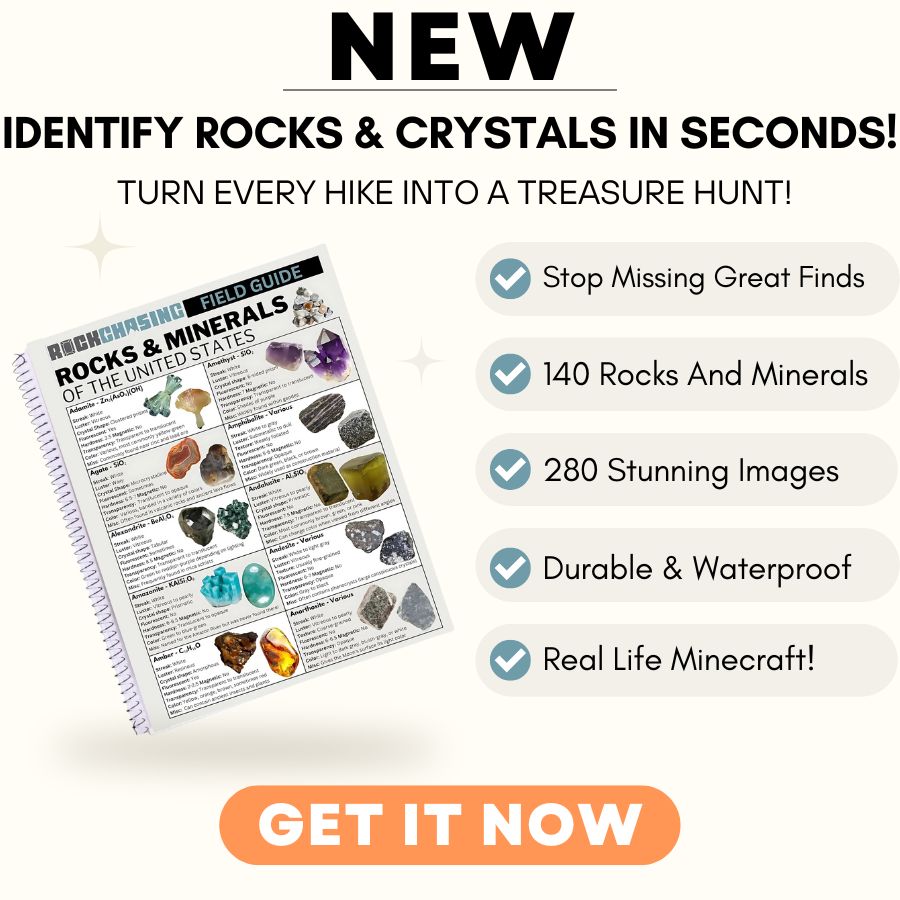Another exciting week of rockhounding has wrapped up and the Rock Chasing community has been busy! This week we’ll cover:
- Underwater scene in a moss agate
- Is jasper worth it?
- Georgia’s unique rocks, minerals, gems, and crystals
- How to tell an emerald from a peridot and vice versa
- Mesmerizing purple rocks, minerals, gems, and crystals
- Why you need to move the rocks around in your hunt
- Why a water spray bottle should be your next buy
- Superb fluorapophyllite and stilbite crystals
All that and more below!
Win new gear in our community!
We are giving away new equipment every month to followers of our social channels. Every follow gives you another chance each month to win some great rock hammers, chisels, books, and other essential gear!
Click on the links below to sign up!
Find Of The Week
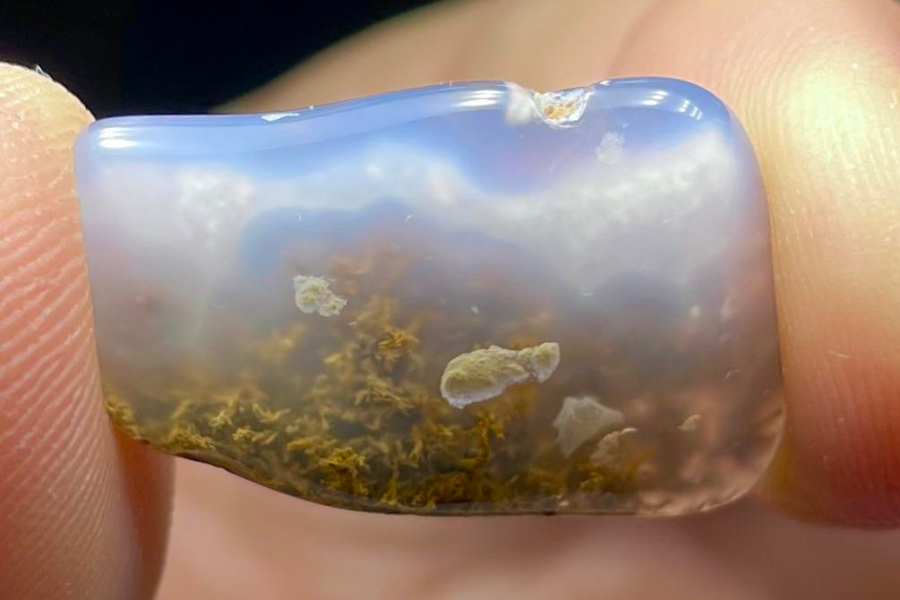
Today we have a moss agate that was found in Southern California. Looking at it closely feels like looking at underwater scenery. So cool!
Often regarded as a gem that captures the very essence of nature, moss agate is an enchanting variety of chalcedony that boasts stunning inclusions reminiscent of delicate ferns, trees, or landscapes.
Its ethereal dendritic patterns, resulting from the presence of manganese or iron oxide impurities, create an intricate tapestry within the translucent stone. Its mesmerizing patterns evoke feelings of serenity.
Contrary to its intricate appearance, moss agate is not an extremely rare gem, but it is highly sought after by collectors and jewelry enthusiasts for its distinct beauty and its embodiment of natural splendor.
This beautiful gem is predominantly found in countries such as India, Brazil, Uruguay, and the United States, particularly in the Yellowstone River and Montana regions. A stone as stunning as this one truly underscores nature’s capacity to astound, bringing its age-old beauty to the palm of our hands.
If you have any new finds you’d like to share with the Rock Chasing community please send them to communitysubmissions@rockchasing.com. We would love to share and will happily give you credit!
Is Jasper Valuable and Worth It?
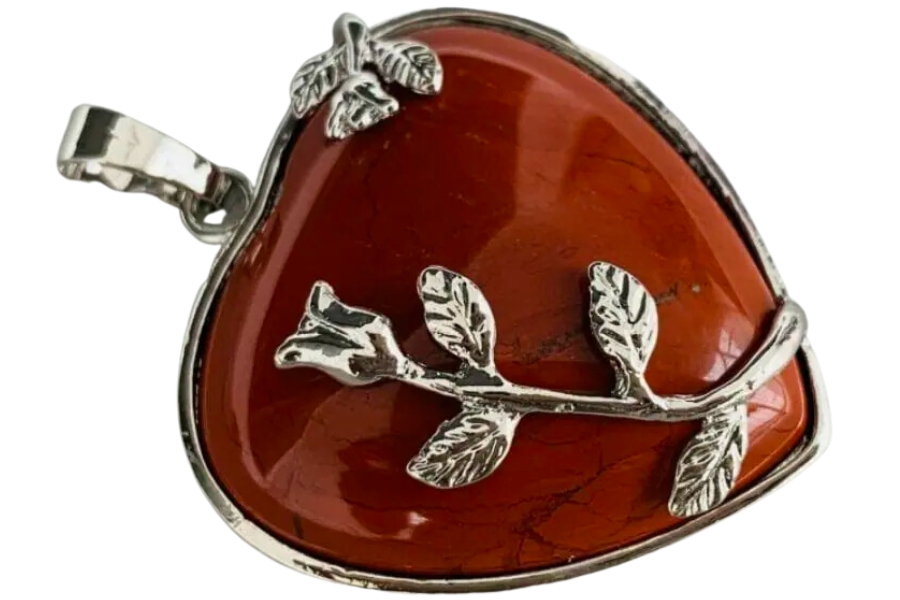
The world of gemstones is full of surprises, and jasper is no exception. While this beautiful stone is generally considered to be affordable, there have been some exceptional specimens that have fetched sky-high prices at auction.
Jasper comes in various colors and patterns worldwide: deep reds and greens, earthy browns, and yellows. The designs on it are created by the presence of other minerals during its formation, giving each piece a unique look.
But beyond its physical beauty, jasper has long been valued for its healing properties. Some believe that it can help balance emotions and reduce stress, while others think it can boost energy levels and increase creativity.
To know more about jasper’s value and worth, here’s an article that outlines its different types and the price tags they come with.
Mesmerizing Purple Rocks, Minerals, Gems, And Crystals
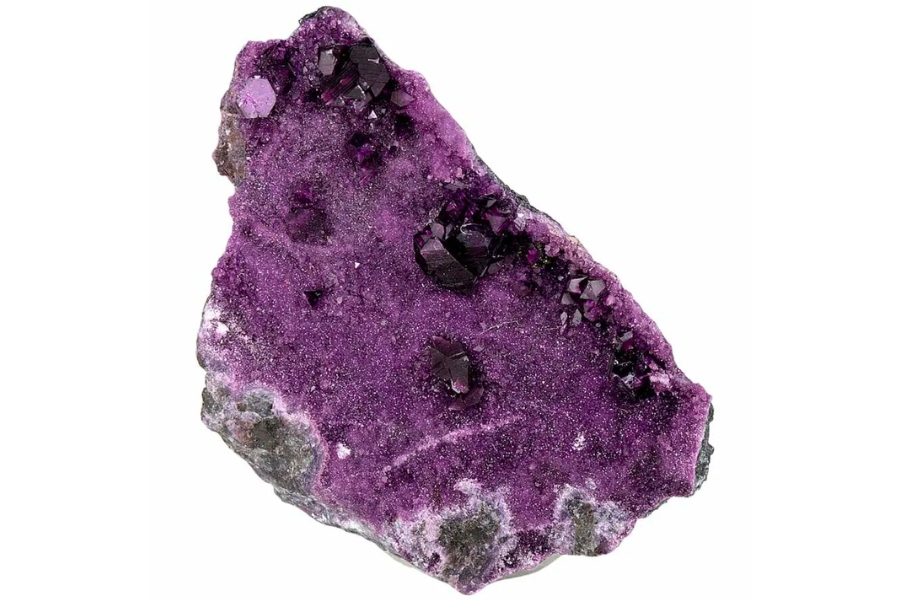
You have probably seen your share of amethyst and fluorite but there are plenty more purple crystals that will amaze you. More than any other color, there is a wide variety of truly beautiful crystals that come in a wide range of purple hues that are really incredible.
Many of these purple crystals are incredibly rare and very difficult to find large specimens of. This makes them treasured pieces in expensive collections which can make seeing them very tricky to do.
Fortunately, we have used our network of top-quality crystal dealers, as well as our own collection, to put together an absolutely incredible article with a list of crystals that range from light violets to the darkest purples.
We’ll also share some really interesting info about each crystal and where you might be able to find some for yourself!
Community Tip Of The Week
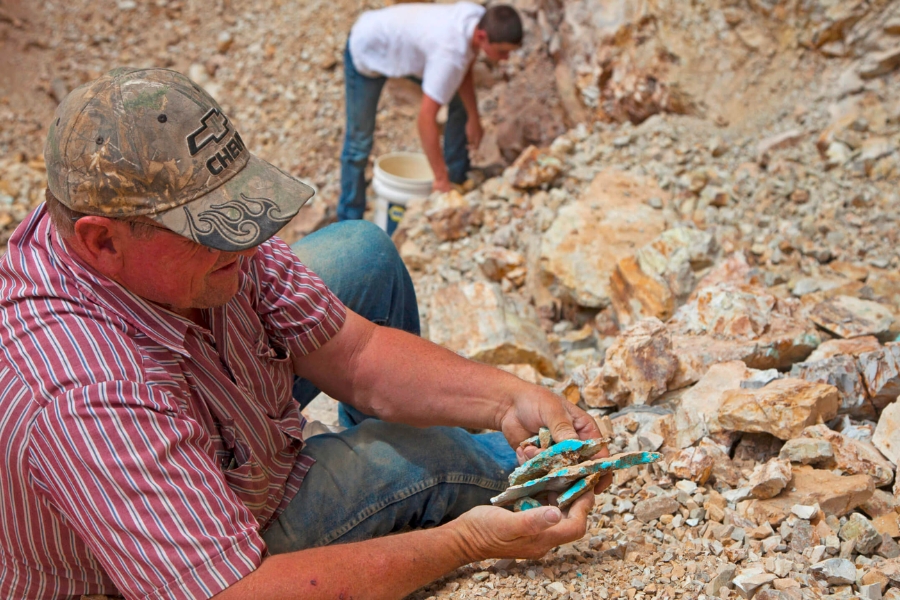
Every week one of our members share a valuable tip or a big mistake they’ve made in their rockhounding journey. If you have a tip or mistake you’d like to share email us at communitysubmissions@rockchasing.com
This week’s tip comes from Chris in Calgary, Alberta:
You have to move the rocks around!
I’ve learned that the surface is just the beginning. You see, popular rockhounding spots tend to get frequented by many enthusiasts like us. Naturally, most eyes—and hands—will gravitate towards what’s easily seen on the top layer.
But here’s a secret from my adventures: some of the best finds are often hidden beneath! Many times, after hours of seemingly fruitless searching, a mere shift of a stone has unveiled gems that others have missed.
I remember once, at a well-known site, after watching many leave with minimal treasures, I decided to dig a little deeper, moving aside larger rocks and peeling back layers of sediment. There it was: a gorgeous piece of labradorite, flashing its brilliant colors, overlooked by those who stayed surface-level.
By moving rocks around and looking deeper, not only do you increase your chances of unique finds but you also train your eye, developing a keen attention to detail and honing patience.
Chris
Gear Spotlight – Water Spray Bottle
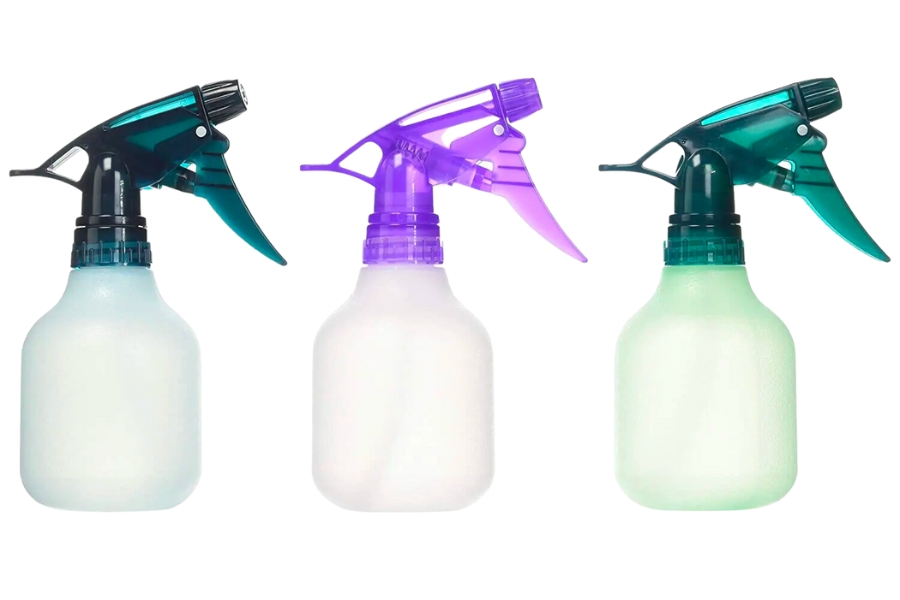
A water spray bottle might seem like a simple, everyday item, but for rockhounds, it becomes an indispensable tool. When venturing out into the field, you often encounter dusty or muddy stones which can obscure a rock’s true appearance. A quick spritz of water can dramatically transform this facade.
The water not only washes away impurities but also unveils a rock’s true colors, patterns, and sometimes even translucency. This instant clarity is vital in helping you identify the specimen and make a preliminary determination of what it is.
We recommend a little 8oz bottle like this. It can hold just enough water to keep you assisted during your search, but not to tire you out of carrying it during your exploration.
Moisture can also accentuate certain properties of specimens, such as chatoyancy or play-of-color, which might remain undetected under a layer of grime or in its dry state. These visual cues can be the difference between overlooking a rock and recognizing a specimen of significant interest.
If you are interested to know about the other equipment you should invest in, check out our complete guide to rockhounding gears. But if you need more guidance on what to look for in a water spray bottle, consider these:
Durability: It should be made of sturdy materials to withstand the rigors of outdoor use, potential falls, and regular wear and tear.
Capacity: Depending on the length and nature of the trip, you should consider how much water the bottle can hold. Longer trips or locations where water isn’t easily accessible might necessitate a larger capacity bottle.
Adjustable Spray Nozzle: A nozzle that can be adjusted from a fine mist to a direct squirt provides versatility.
Leak-Proof: The last thing you need is a wet backpack or equipment caused by a leaky bottle. A good seal and a quality spray mechanism are essential.
Ease of Refill: A bottle with wider mouths or easily accessible openings can be refilled more quickly, especially from natural sources like streams.
Superb Fluorapophyllite and Stilbite Crystals
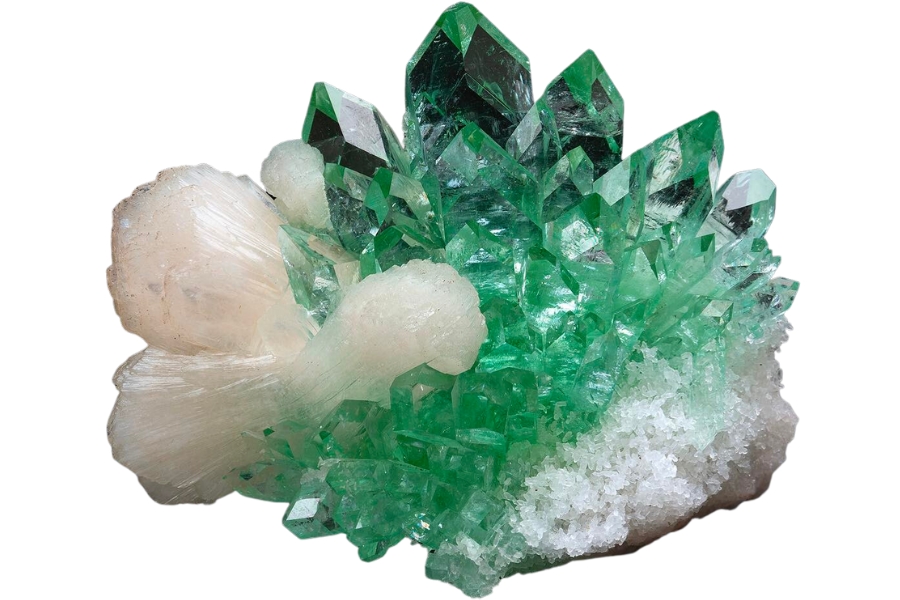
If you’re looking for superb balance and gorgeous crystal formation, this green Fluorapophyllite and Stilbite tick all the boxes!
Often found together, fluorapophyllite and stilbite are nature’s masterpieces, radiating a symphony of crystalline beauty.
Fluorapophyllite, known for its sparkling clear or soft green crystals, exhibits an ethereal glow when light dances upon its prismatic surface. Stilbite, on the other hand, has a peachy, soft pink or white hue, with a more subdued luster but a captivating structure.
Together, they create a stunning juxtaposition of color, luster, and form. Although neither is exceedingly rare, their combined presence in a specimen, especially one with perfect aesthetics, is immensely valued by collectors.
Formed in the cavities of basaltic volcanic rocks, these minerals owe their birth to intense geological processes. India’s Deccan Plateau, particularly in the Maharashtra region, is a famous hotspot for these bewitching crystals.


